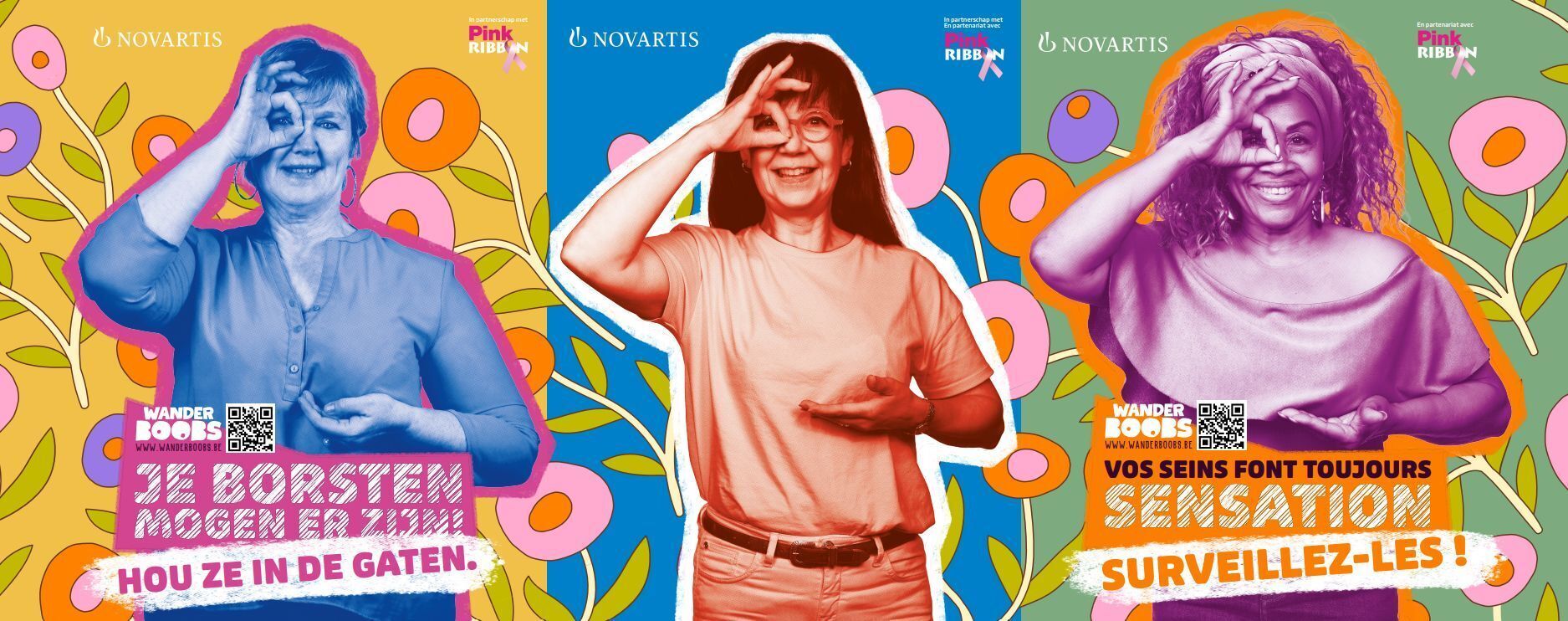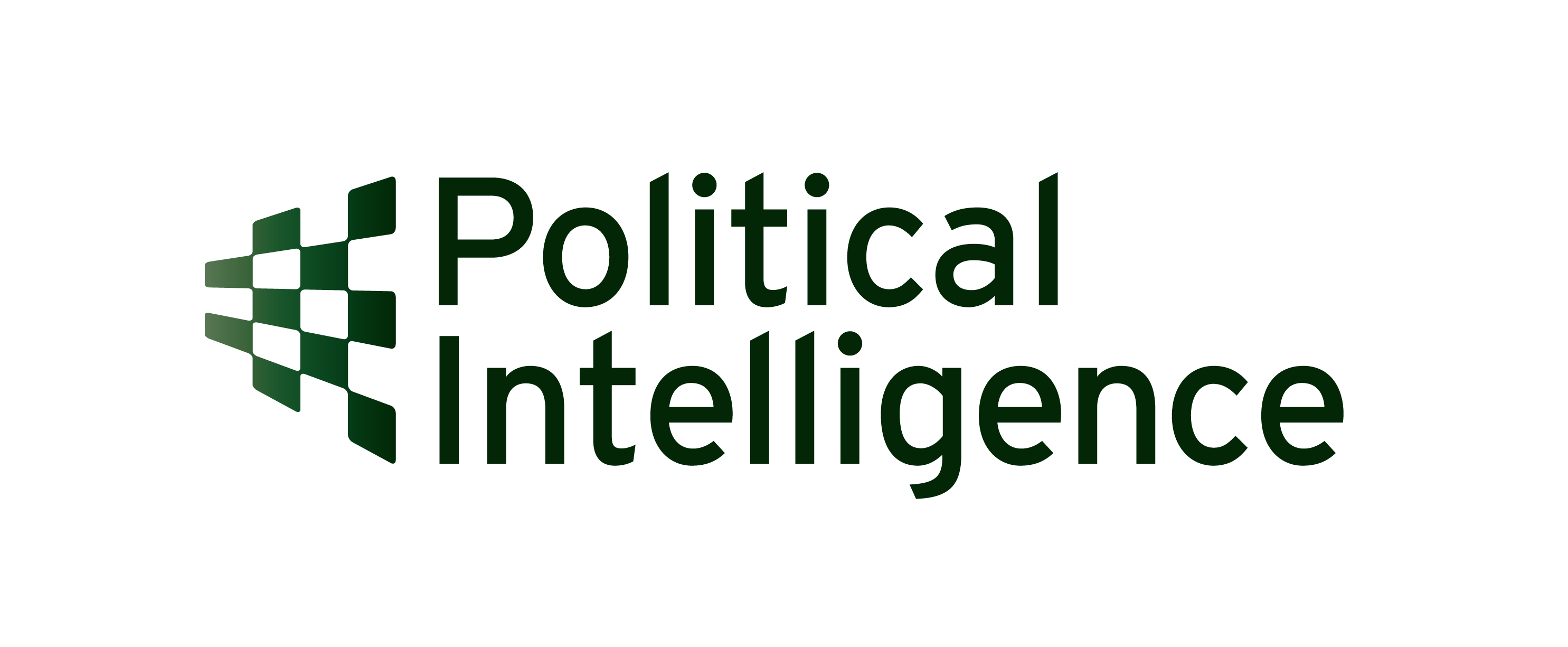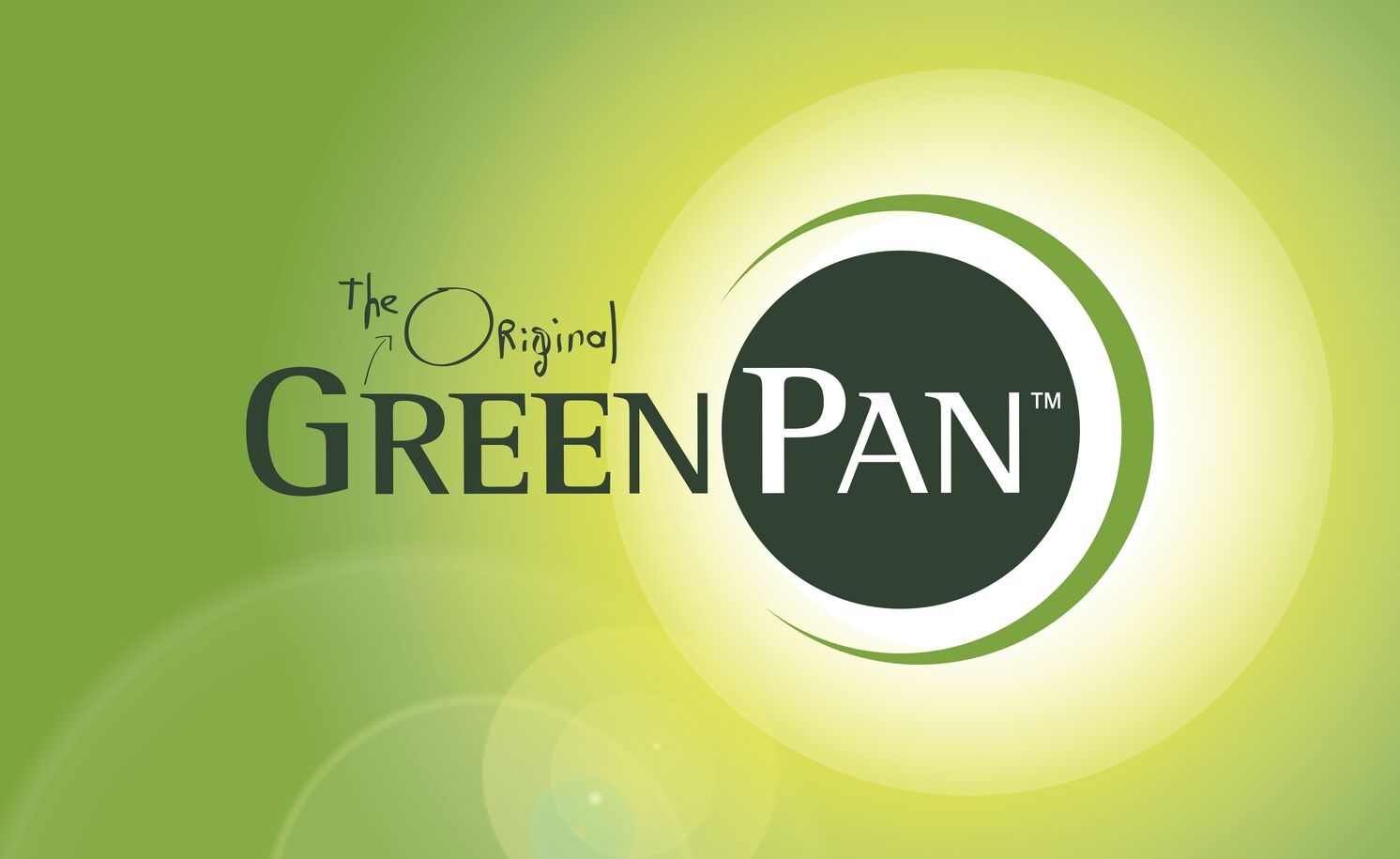Tips to limit the pain of a mammogram

A screening mammogram aims to detect abnormalities, mainly breast cancer, early. It is the best examination we have for this purpose: an ultrasound alone is not accurate enough, and an MRI scan uses a strong magnetic field and often shows too much detail. To do a mammogram, radiologists use a special radiography machine that you have to stand close to while a technician places your breast on a plate.
Then another plate is slowly lowered so that your chest is compressed, which can be painful. Once brought into the correct position, you hold your breath for a moment while the X-ray images are taken. Breasts need to be squeezed a bit to get the best possible mammogram, but they are never completely squished. They don't have to be at all. Scientists have determined the minimum pressure needed for a high-quality image*. The uncomfortable, painful position lasts 10 to 15 seconds at most.
Afterwards, the plates are immediately separated again. The pain varies and is more pronounced when you are younger (breasts with still a lot of glandular tissue are more sensitive), have large breasts, when you have the examination right before your period and when you feel anxious beforehand. With some technicians you hardly feel any pain, with others you do. There is also a technique where you control how high the pressure can be via a button in your hand.
Four tips to reduce pain:
- If you are still menstruating, it is best not to schedule your mammogram appointment the week before or during your period; your breasts are extra sensitive then due to hormonal fluctuations.
- Are you anxious? Then take a simple painkiller, genre paracetamol, an hour before the examination.
- Try to rationalize your fear: the pressure moment lasts 10 to 15 seconds per breast, which is extremely short. Moreover, the purpose of a mammogram is to detect breast cancer early, and the best way to do that is with a screening mammogram.
- Ask for an explanation from the technician and tell him or her that the examination makes you anxious, so he or she can take that into account.
*SerwanE, Matthews D, Davies J, Chau M. Mammographic compression practices of force- and pressure-standardizationprotocol: A scoping review. J Med Radiat Sci. 2020;67:233-242.
Continue reading

Don't let fear control your life

Novartis and Pink Ribbon launch Wander Boobs campaign













.png)
















